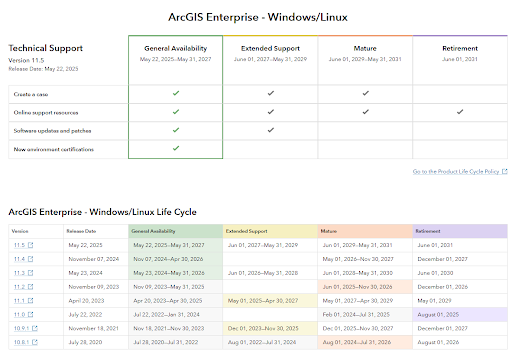The Role of GIS in NG9-1-1 and EMA
- Dec 27, 2022
- 2 min read

Next Generation 9-1-1 (NG9-1-1) is a technology upgrade to the traditional 9-1-1 emergency response system. It aims to improve the speed and efficiency of emergency response by allowing for the transmission of multimedia information (e.g. text, photos, videos) in addition to voice calls. NG9-1-1 also enables the use of internet protocol (IP) networking, which allows for more flexible and reliable communication between emergency call centers and first responders.
Emergency management, on the other hand, is the process of preparing for, responding to, and recovering from emergencies or disasters. It involves coordinating the efforts of various agencies and organizations to ensure an effective and efficient response to an emergency situation. This can include planning for natural disasters, terrorist attacks, and other types of emergencies.

One key difference between NG9-1-1 and emergency management is the focus of each system. NG9-1-1 is primarily concerned with improving communication and response to emergencies, while emergency management is focused on the overall planning and coordination of the response to emergencies.
The scope also differentiates each system. NG9-1-1 is focused on the communication and response to individual emergencies, while emergency management encompasses the entire process of preparing for, responding to, and recovering from emergencies on a larger scale.

Still, NG9-1-1 and Emergency Management are closely related, with NG9-1-1 serving as an essential tool in the emergency management process. At Cloudpoint, we approach all emergency response mapping projects with several key considerations which ultimately affect the project design and implementation.
Data accuracy and quality: The GIS data used in NG9-1-1 and Emergency Management systems must be highly accurate and up-to-date. This includes the location and attributes of key infrastructure and facilities, such as roads, buildings, and emergency services.
Data integration and interoperability: Emergency Management systems rely on integrating data from a wide range of sources, including NG9-1-1 GIS data, emergency response plans, and real-time data from sensors and other devices. Ensuring that this data is interoperable and can be easily accessed and analyzed by emergency responders is critical.
Data security and privacy: NG9-1-1 and Emergency Management mapping projects involve sensitive personal and operational data. Securing access to protected datasets through security clearance processes while also ensuring that such data is protected against unauthorized access or tampering is a must.
User-centered design: The maps used in NG9-1-1 and Emergency Management systems must be easy to use and understood by the product’s intended audience. Depending on the client’s needs, a wide range of users may need to be considered, including emergency responders, dispatchers, and the general public.

Overall, while different, NG9-1-1 and Emergency Management mapping are also closely aligned and essential for ensuring effective and efficient communication and response in emergency situations. It is important to understand the distinct roles and responsibilities of each system in order to most effectively respond to emergencies.


